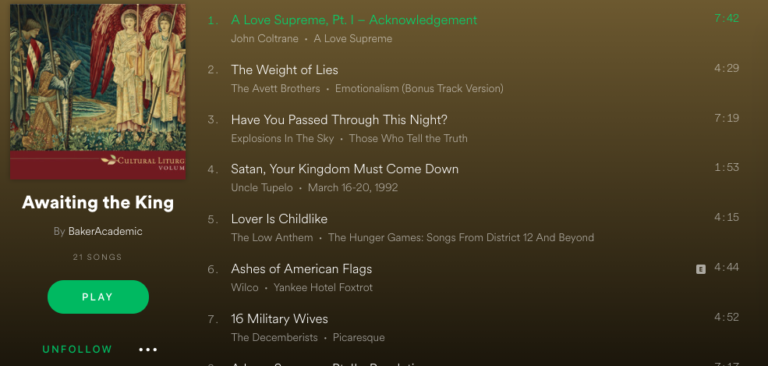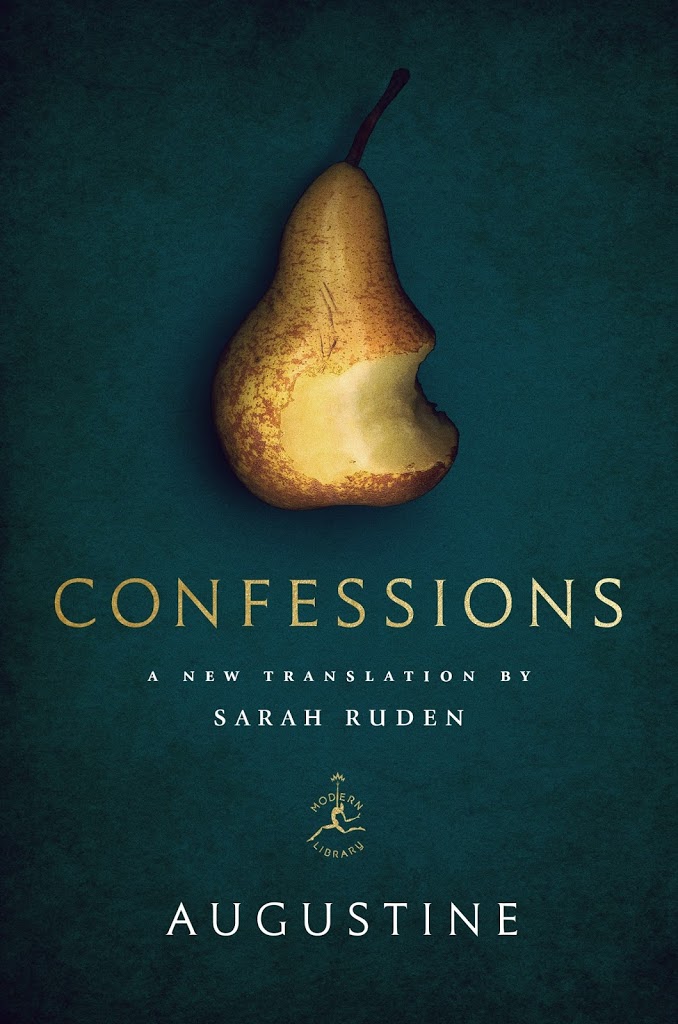 One doesn’t need to read Fors Clavigera very long to notice my (increasingly less grudging) appreciation of David Brooks. And his column today, “If It Feels Right…,” pretty much covers my reading list over the last three years: Christian Smith, Charles Taylor, James Davison Hunter, and others.
One doesn’t need to read Fors Clavigera very long to notice my (increasingly less grudging) appreciation of David Brooks. And his column today, “If It Feels Right…,” pretty much covers my reading list over the last three years: Christian Smith, Charles Taylor, James Davison Hunter, and others.
Today Brooks focuses on the disheartening picture that emerges from Christian Smith’s
National Study of Youth and Religion, a remarkable longitudinal study of youth spirituality from adolescence, through “adultolescence” and eventually into adulthood. What both Smith and Brooks take to be disheartening is the sophomoric relativism of people in their twenties (“That might be true for you, but…”), their functional individualism about morality (“I
personally don’t think you should…”), and a general loss of virtue.
But Brooks picks up on a theme in Smith that he shouldn’t. Brooks summarizes:
It’s not so much that these young Americans are living lives of sin and debauchery, at least no more than you’d expect from 18- to 23-year-olds. What’s disheartening is how bad they are at thinking and talking about moral issues.
This gets to a methodological problem with Smith’s work that I pressed when he visited Calvin College a couple of years ago. The entire methodology of the NSYR is a measure of articulation: the instruments and methods can only, at best, measure the ability of young people to, well, think and talk about faith and morality.
But shouldn’t Brooks be a bit suspicious of what we could conclude from such measures? Indeed, isn’t the argument of
The Social Animal precisely that much of our action is not the outcome of rational, deliberative “thinking?” How do we square his tip of the hat to Smith’s worry about what young people
think about morality with Brooks’ own critique of “the rationalist folk theory of morality” (pp. 280ff.)? Brooks’ appreciation for the unconscious “drivers” of our action–and the action and behavior of young people–should recognize (as Charles Taylor does) that there can be a gap between
how we act and how we
think about how we act. That doesn’t mean we might not be disappointed on both counts, but it should alert us that measuring what young people
say is, at best (at
best), only a measure of what they
think. And the entire upshot of Brook’s
Social Animal–the reason why he argues that policy has been misguided and unsuccessful–is that we have
overestimated thinking.
More importantly, appreciating this point–that behavior and action (which are surely the most relevant measures if one is talking about “morality”) are often driven by unconscious habits and desires–generates a very different response to the problem. Smith, ever-the-evangelical (despite his recent conversion to Roman Catholicism), still tends to think that what these young people need is more teaching–more religious “instruction” in doctrines, beliefs, and moral standards. But Brooks’ own argument in The Social Animal should lead us to suspect that this would be an insufficient response. What is really needed is the education of their loves, and that, as Brooks himself knows, takes practice: it takes the ethos of a community with embodied rituals and practices that inscribe virtue–not just the intellectual capacity to parse some moral dilemma, but the wants that pull us toward ends that are good (see The Social Animal, pp. 111-112).
Thus
Brooks’ column ends right where it should: a communtarian emphasis on virtue formation. This is not going to be pulled off at some “national” level. It will be embedded and embodied in concrete communities of practices that are pursuing a “thick” vision of the good. And such virtue is caught more than it is taught; it is absorbed more than it is deduced; it is less about what we think and more about what we love. That’s a lesson I learned from David Brooks.
 One doesn’t need to read Fors Clavigera very long to notice my (increasingly less grudging) appreciation of David Brooks. And his column today, “If It Feels Right…,” pretty much covers my reading list over the last three years: Christian Smith, Charles Taylor, James Davison Hunter, and others.
One doesn’t need to read Fors Clavigera very long to notice my (increasingly less grudging) appreciation of David Brooks. And his column today, “If It Feels Right…,” pretty much covers my reading list over the last three years: Christian Smith, Charles Taylor, James Davison Hunter, and others. 


